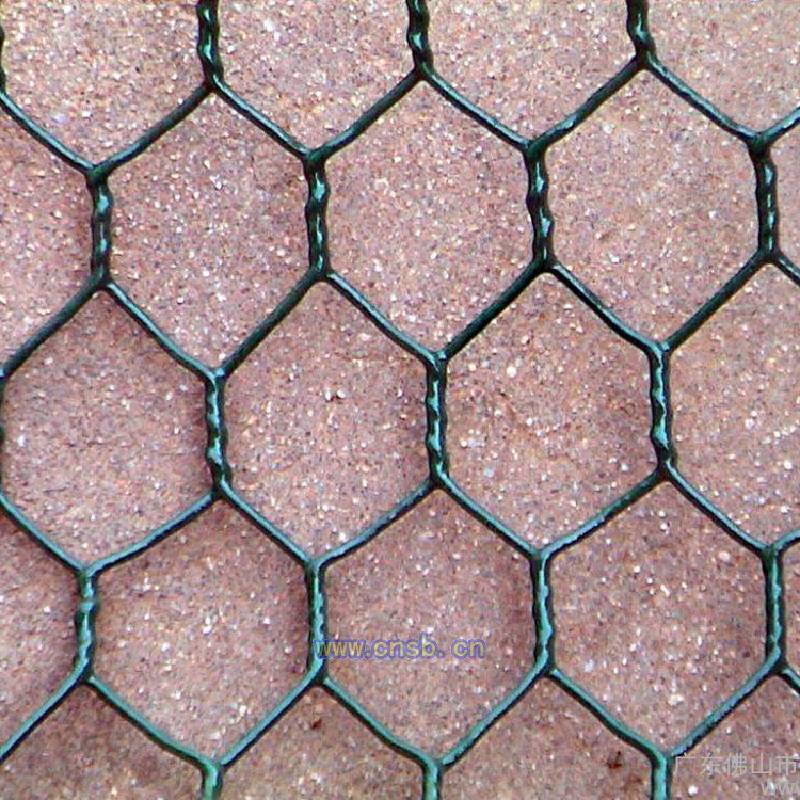
- Mobile Phone
- +8613931874955
- sales@cntcmetal.com
types of masonry ties
Types of Masonry Ties
Masonry ties are essential components in construction, playing a critical role in the stability and integrity of masonry structures. These ties are used to connect different materials, such as brick, block, or stone, to provide structural support and ensure that buildings can withstand various loads and environmental factors. Understanding the different types of masonry ties and their applications is vital for engineers, architects, and builders.
1. Steel Ties
Steel ties are some of the most common types of masonry ties used in construction. Typically made from galvanized or stainless steel, these ties are known for their strength and durability. Steel ties can be used to connect brick and block walls to each other and to other structural elements like beams and columns. They are effective in providing lateral support, which helps to prevent wall collapse due to wind or seismic forces. Common forms of steel ties include ladder ties, straight ties, and corrugated ties, each designed for specific applications and load requirements.
2
. Plastic TiesPlastic masonry ties have gained popularity in recent years due to their corrosion resistance and lightweight nature. Made from high-density polyethylene or other durable plastics, these ties are especially suitable for environments where metal ties might corrode. They are often used in conditions where moisture exposure is significant, such as coastal areas or in buildings with high humidity. Plastic ties are typically used in conjunction with brick veneer systems and provide adequate support without compromising thermal insulation.
3. Wire Ties
Wire ties are another common option in masonry construction. Usually made from galvanized steel wire, these ties are typically used to connect masonry veneer to backup walls. Wire ties are lightweight and easy to install, making them an efficient choice for many construction applications. They come in various configurations, such as horizontal and vertical ties, to suit different structural needs. Wire ties are favored for their flexibility and ability to accommodate movement within a building without failing.
types of masonry ties

4. Shear Wall Ties
Shear wall ties are specialized components designed to connect shear walls to other structural elements. These ties play a crucial role in maintaining the integrity of a building during lateral loading, such as during an earthquake or high winds. Shear wall ties are usually made of strong materials like steel and are integrated into the wall's design to ensure that forces are effectively distributed throughout the structure. Their positioning and installation are critical for enhancing overall building safety.
5. Composite Ties
With the advancement of technology and materials, composite ties have emerged as a modern solution in masonry construction. These ties may be made from a combination of materials, such as fiberglass and carbon fiber, resulting in ties that are both lightweight and extremely strong. Composite ties often provide excellent thermal insulation properties and resistance to environmental factors like corrosion. They are particularly useful in high-performance buildings where energy efficiency is a priority.
6. Anchor Ties
Anchor ties serve a different purpose from other masonry ties, as they are primarily used to anchor masonry walls to structural elements such as concrete blocks or steel frames. These ties ensure that the masonry does not shift or separate from the main structure, particularly in situations where there is a significant weight difference between materials. Proper installation of anchor ties is essential for maintaining the stability of buildings, especially in high-rise constructions.
Conclusion
In conclusion, masonry ties are a fundamental aspect of construction engineering. Understanding the various types—steel, plastic, wire, shear wall, composite, and anchor ties—allows professionals to select the appropriate solutions for their specific building needs. By providing structural integrity and resistance to environmental forces, masonry ties play a pivotal role in ensuring the safety and longevity of masonry structures. The choice of masonry tie will depend on several factors, including material compatibility, environmental conditions, and the specific structural requirements of the project at hand.
share:
-
Your Source for Concrete Wall Ties and Masonry AccessoriesNewsJul.10,2025
-
Unlocking the Power of Iron Wire for Every ProjectNewsJul.10,2025
-
Explore Advanced Chain Wire and Stainless Steel Mesh FencingNewsJul.10,2025
-
Discover the Benefits of Annealed Wire ProductsNewsJul.10,2025
-
Discover China Stainless Steel Wire Mesh SolutionsNewsJul.10,2025
-
Build with Confidence Using High-Performance Masonry AccessoriesNewsJul.10,2025
-
Why Sacrificial Formwork Is Redefining Underground ConstructionNewsJun.06,2025



















